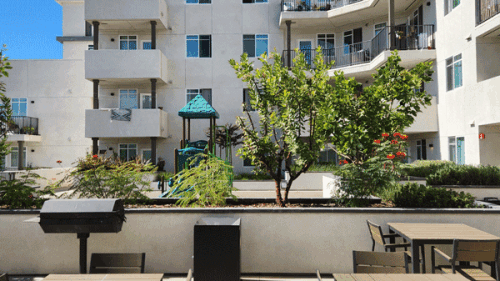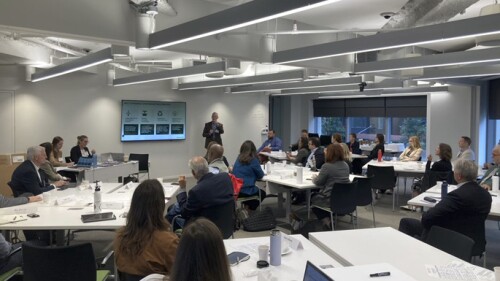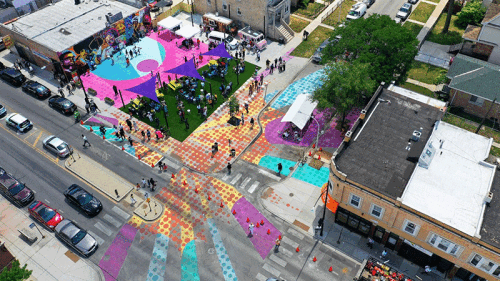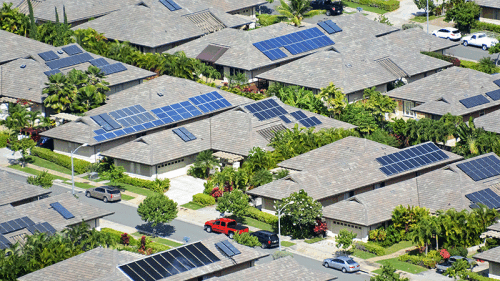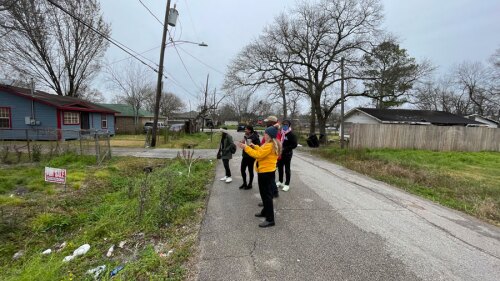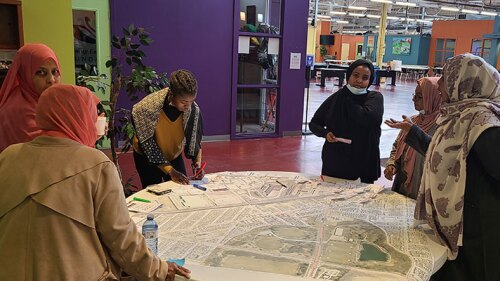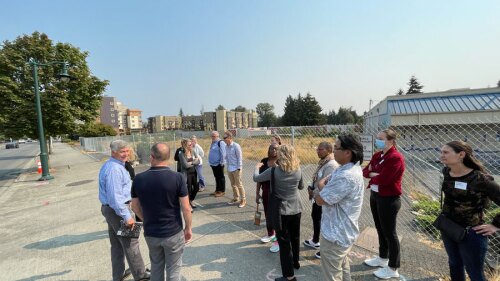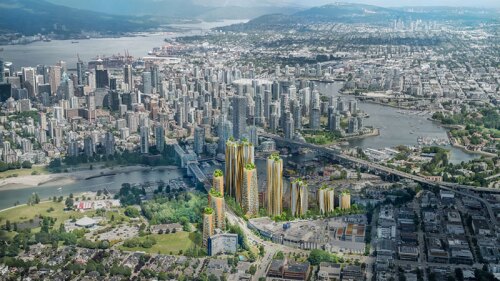Resilience and Sustainability
At the Urban Land Institute’s Building Healthy Places Forum during the Fall 2023 Meeting, community leaders and project stakeholders discussed the success at Jordan Downs and other projects transforming the community.
When it comes to reducing embodied carbon emissions in the real estate sector, developers can’t do it on their own: they must partner with outside stakeholders to influence elements over which they don’t have direct control, including supply chain materials manufacturers.
Increasing construction expenses and pressure to decarbonize with innovative climate solutions are challenging traditional approaches in design. For Austin Achieve, a tuition-free, open-enrollment public charter school, HKS put innovative ideas into action to balance sustainability and the needs of a diverse community.
Social infrastructure, or the physical spaces communities use to gather and build relationships, are critical to building resilience to fires, storms, and other climate hazards, according to a recent report by the Urban Land Institute.
Decarbonizing real estate is crucial in fighting the climate crisis, and with the federal government encouraging building owners through the Inflation Reduction Act to do their part, the industry has many details to examine. he largest incentive opportunities can be leveraged for projects that include energy efficiency, electrification, EV charging, and renewable energy (including storage), and stacking of these incentives can bring overall project costs down significantly.
ULI is honored to announce two District Councils and three National Councils have been selected to participate in the third Net Zero Imperative Cohort.
Settegast, a neighborhood in Northeast Houston, is home to a resilient and tight-knit community that has mobilized in response to decades of discriminatory practices and under-resourcing. As a result of systematic neglect, Settegast residents face challenges such as displacement, gentrification, and most notably, poorer health outcomes, including the lowest life expectancy rate in Harris County. To find solutions, ULI Houston partnered with Harris County Public Health, the Houston Land Bank, the Kinder Institute for Urban Research, and convened community residents and real estate leaders to build trust and chart a more equitable future for the neighborhood.
Over the past 18 months, ULI Toronto and partners forged an understanding of the trends, pressures, and challenges experienced by Toronto’s Black population to shine a light on how history is shaping the present. The team documented Black displacement and Black settlement patterns in the Toronto area, focusing on the Mount Dennis neighborhood, which has faced disinvestment. The perspectives and priorities of Mount Dennis residents were gathered to inform development priorities and future projects.
Sites in Portland, Oregon, and Seattle, Washington, are home to a painful and complicated history that many neighborhoods in rapidly growing regions are familiar with. To combat the region’s history of racially biased land use and transportation decisions, ULI Northwest joined forces with local leaders to reimagine two sites: one in Tukwila, near Seattle, and the other on the edge of Portland, Oregon.
As a result of discrimination, indigenous populations in British Columbia are facing inequitable access to stable housing. Barriers to housing have led to displacement and a lack of housing opportunities for these groups. To find solutions, ULI British Columbia collaborated with Indigenous businesses, including contractors and developers, to create more housing for Indigenous people. Additionally, ULI British Columbia developed a Health Equity Resource Hub to share tools and best practices and encourage thought leadership and innovation for Indigenous partnerships in housing.

